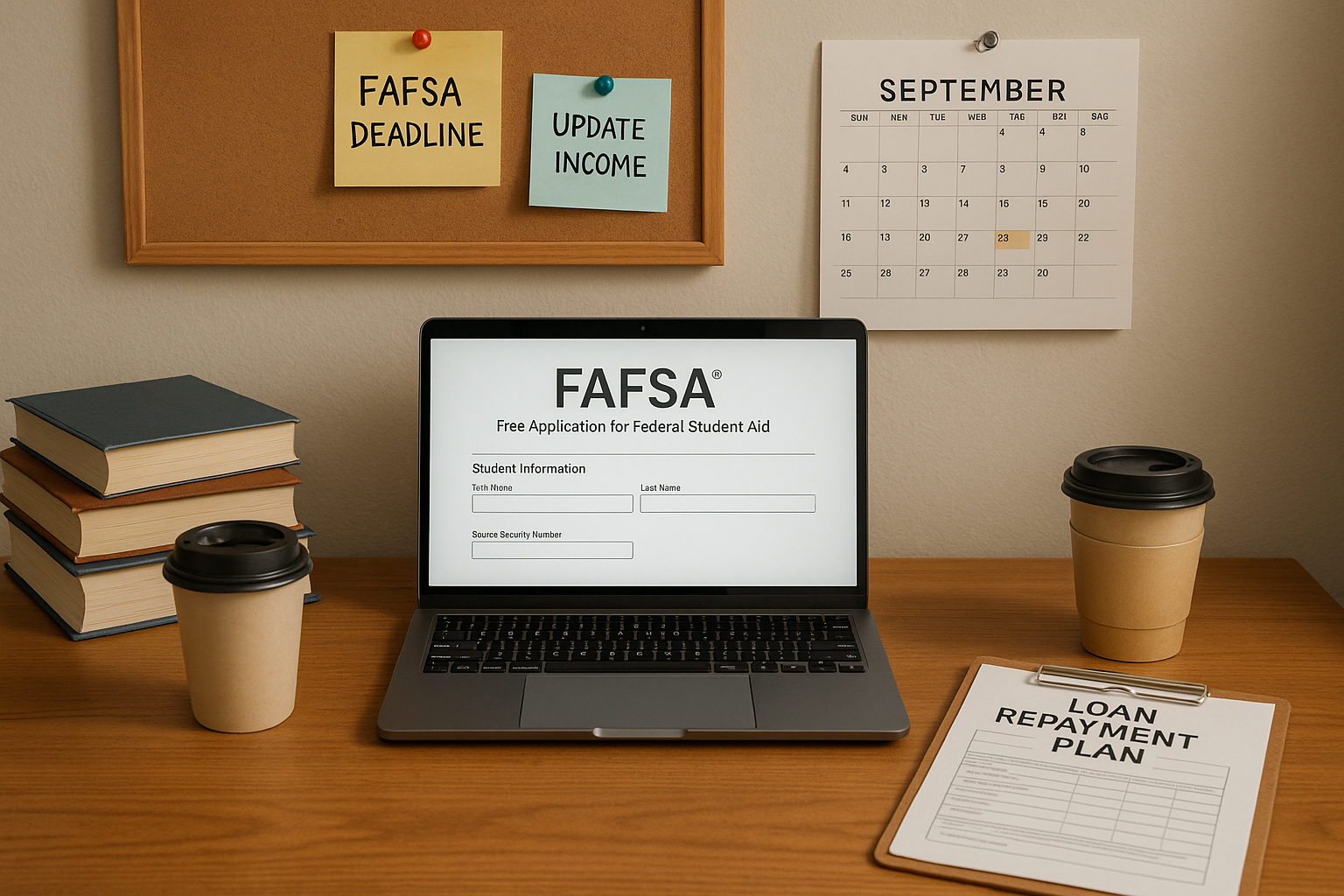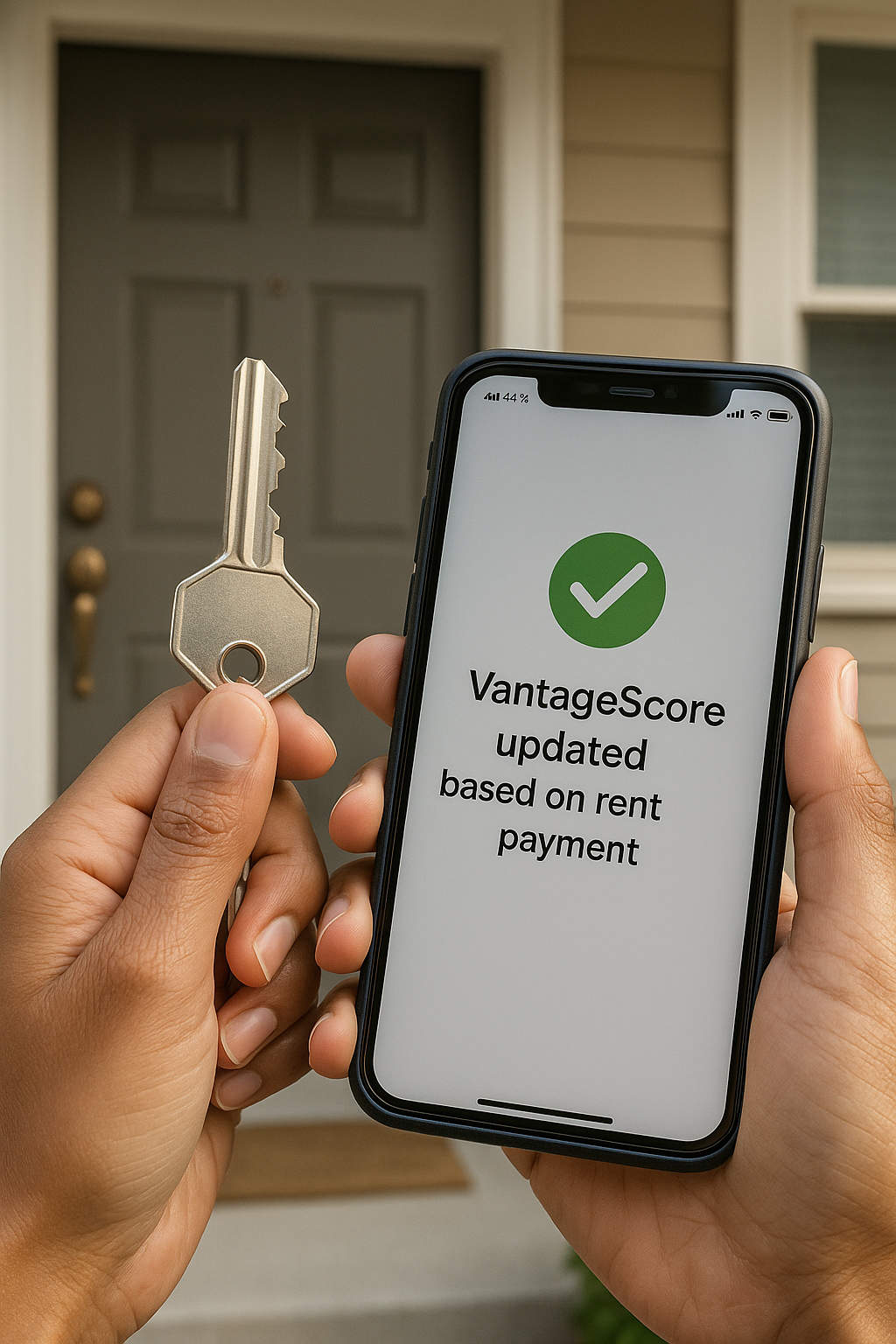
For young Latinos in the U.S. just starting our professional journeys, navigating loans and debt is a huge part of building our financial future. Whether it’s a car loan, a mortgage down the road, or even student loans, interest rates are the financial lever that dictates the true cost of borrowing. Understanding them isn’t just about saving money; it’s about converting our ambition into lasting wealth.
We know our community is financially powerful and growing. The total economic output of Latinos in the U.S. hit a record high of $4.1 trillion in 2023 and our community has been responsible for 30.6% of the national GDP growth since 2019 (“U.S. Latino GDP hits high of $4.1 trillion, marking ‘growth spot’ for the nation”). That economic power needs a strong foundation of personal finance knowledge, and it all starts with mastering debt.
The Real Cost of Borrowing: How Interest Rates Hit Your Wallet
An interest rate is simply the cost of borrowing money, expressed as a percentage of the principal (the original amount borrowed). The higher that percentage, the more you pay over the life of the loan.
Here is a quick breakdown of the core factors that determine your total repayment:
- Principal Amount: The bigger the loan, the more money you’ll pay in interest, as the rate is applied to a larger initial sum.
- The Interest Rate Itself: This is the most direct influence. A small difference in the rate (say, moving from 6% to 7%) can translate to thousands of extra dollars over a long loan term.
- The Loan Term (Time): This is a critical trade-off.
- Longer Terms (e.g., 30 years for a mortgage): You get lower monthly payments, which is great for cash flow now. But you’re paying interest on the principal for a much longer time, meaning the total interest paid is much higher.
- Shorter Terms (e.g., 15 years for a mortgage): Your monthly payments will be higher, but you pay interest for less time, drastically reducing the total cost of the loan.
Our Community Context: For many of us, student loan debt is a major hurdle. Nearly one in three Latinos in their twenties and thirties have student loan debt, and Latinos are more likely to exhibit greater levels of aversion and stress related to that debt than their non-Latino peers (“DEBT, DOUBT, AND DREAMS: UNDERSTANDING THE LATINO COLLEGE COMPLETION GAP”). This makes selecting the right loan type and managing the interest rate immediately essential for a strong start..
Fixed vs. Variable: Which Rate Strategy Works for You?
When taking out a loan, you will typically choose between two interest rate structures. Your decision should align with your risk tolerance and financial stability.
| Loan Type | Key Feature | Pros | Cons |
| Fixed-Rate | The interest rate stays the same for the entire life of the loan. | Predictability. Your monthly payment is stable, making budgeting easy. You are protected if market rates go up. | You won’t benefit if market rates drop, unless you refinance. They often start at a slightly higher rate. |
| Variable-Rate | The interest rate can change (fluctuate) based on broader market conditions and economic indicators. | Often starts with a lower initial rate, making the first payments smaller. You benefit if market rates go down. | Unpredictability. If rates increase, your monthly payments and total cost will go up, sometimes significantly. |
Strategies for Taking Control of Your Loan Costs
We are all about leveling up our finances, and managing loan interest is a powerful way to do it. Here are three actionable strategies:
- Elevate Your Credit Score: This is perhaps the most crucial step. A higher credit score signals less risk to lenders, and they reward that by offering you lower interest rates. The difference between a “good” and “excellent” score can save you thousands on a mortgage or car loan. For our community, this is vital; data from the Consumer Financial Protection Bureau shows that Hispanic and Black borrowers experienced faster increases in the median total loan costs for home purchase loans in 2023 compared to non-Hispanic white borrowers, underscoring the necessity of securing the best possible rates (“CFPB Report Finds Significant Drop in Annual Mortgage Applications and Originations in 2023”).
- Shop Around, Compare Offers: Don’t settle for the first loan you are offered. Every lender has different underwriting criteria and fee structures. Take the time to compare at least three loan offers (without accepting them) to ensure you are securing the lowest available Annual Percentage Rate (APR) and the best terms.
- Attack the Principal with Extra Payments: Even a small, extra payment each month can make a huge difference over time because it reduces the principal faster. When the principal is reduced, the interest is calculated on a smaller base, saving you money. Consider applying bonuses, tax returns, or unexpected windfalls directly to your loan principal.
Our takeaway: Understanding interest rates is a superpower. It allows us to secure the best loan terms, minimize the total cost of our debt, and free up more of our hard-earned money to build savings, investments, and ultimately, wealth for nuestra familia.
👉 Ask Gabi anything, anytime.
Stay tuned! We got you!






